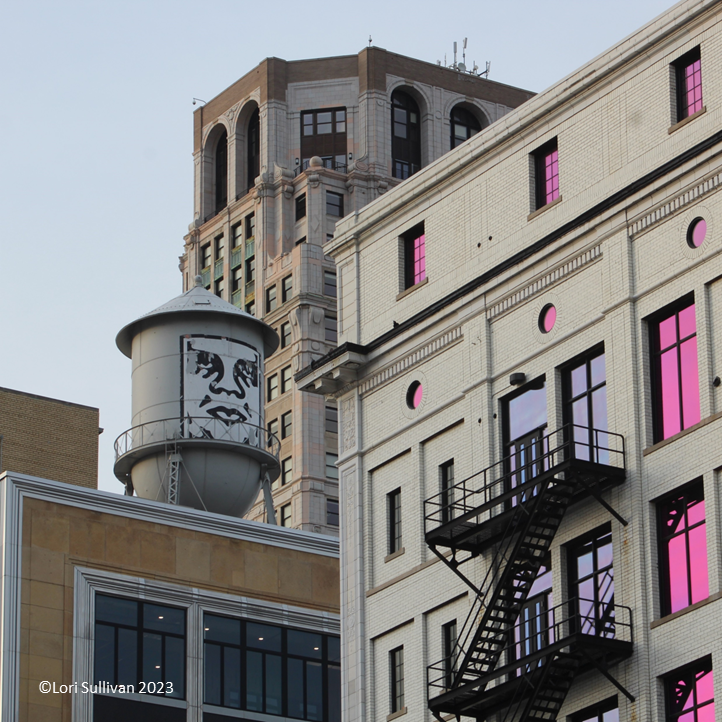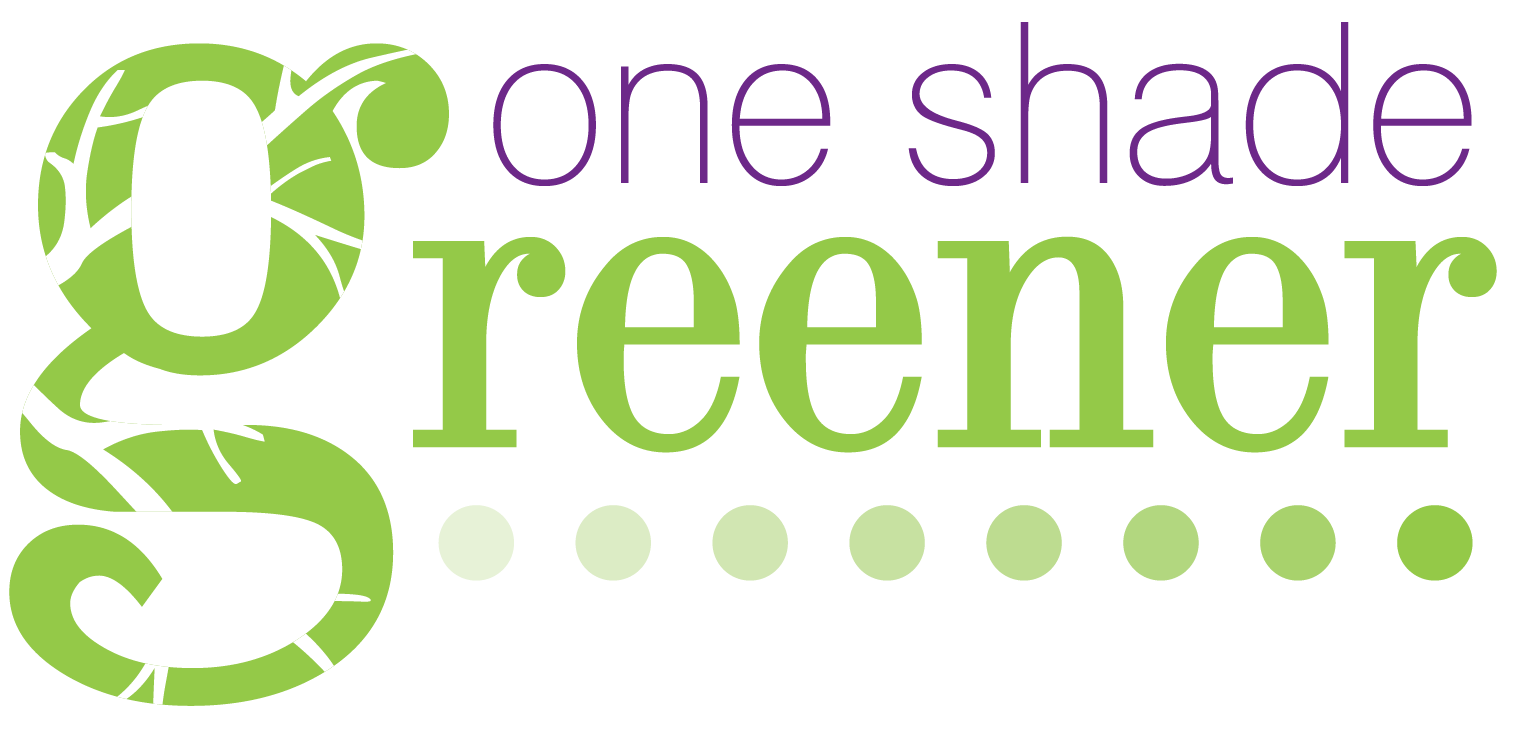
When sustainability comes up in professional conversations, there is a lot of discussion around things like the triple bottom line (people, planet, profit), ESG (environmental, social, and governance), or possibly conducting a LCA (life cycle analysis).
Then, there is the overwhelm of challenges to be addressed – energy use, water use, waste produced, impact of plastics, transportation costs, recycling, emissions, and so much more.
This information and new terminology can be very overwhelming for teams and companies just getting started on their journey.
When I wrote One Shade Greener at Home, I wanted to provide a framework to help overcome this overwhelm. The structure provided was to go room by room. Don’t focus on the whole house, just one room. One idea at a time. Step by step.
A Framework for Work
When I shift from home to work, the framework that I would recommend is like the rooms – focus on different parts of the business. The advantage of this approach at work is that with teams across the company, multiple projects could be happening simultaneously.
There are 10 areas of the business described below. The first section provides a strategic foundation for the program at a company while the second section includes the various areas of the business where we can start to do assessments, complete LCAs, and focus on the triple bottom line.
The Business Strategy
Purpose: The purpose is the sustainability vision for the company. Where does the company want to be in 10 years? What about 20? Are you focused on Net Zero (emissions)? Maybe you are going to start with zero waste…or a move to plastic free products…or…. The list goes on. Pick the focus and start somewhere with a plan to expand in the future.
Policies: With a purpose in place, sometimes company policies can support and guide the team in a positive direction. These might be guidelines for processes like travel or material selection that ensure the impact on the environment is lighter.
Performance: Deciding early how to track initiatives across the organization is important. The approach will ensure all teams are measuring the same metric in the same way to provide consistency and tracking over time. The “G” in ESG.
People: The final, and most important area to consider is people. What is the company doing to support employees on the sustainability journey. Many are already overwhelmed and may not want to have another responsibility put on their plate. Considering the training needed and how to incorporate sustainability seamlessly into everyday decisions will be key in success.
The Business Considerations
Place: Most companies have physical locations where at least a portion of their business is managed. Some companies will have many locations ranging from office buildings to manufacturing facilities. Start with one location, refine approaches, and roll out to other locations.
Property: Beyond physical locations, companies may have other assets like equipment or company vehicles. This property can be evaluated to determine current impact, assess alternatives, and set a future vision roadmap.
Products: The next area of focus is to explore products. We can evaluate the parts (materials), the production process, and packaging. Exploring waste and looking for alternative materials that have a lighter impact on people and the planet.
Path: Paths can take several forms. You could map the path of the product journeys through production, use, and recycling/reuse (LCA). Another path is the process for getting your products to your customers and the impact of those paths – from manufacturing to retail/warehouse to home/business.
Promotion: The marketing & communication teams can dive into the ways you are promoting your products and services. Evaluating impact of events, brochures, and other physical materials. You can then shift to the digital impact of your website, social media, eCommerce, and more.
Partners: Every business has partnerships and suppliers. Assess your current process and standards for suppliers who provide products and services to your company. We can determine if there is another supplier that is a better fit or if we need new solutions from a current partner.
Step by step.
Day by day.
One Shade Greener.
– Lori Sullivan
Your Turn
What do you think of this framework?
Does your company have a strategic foundation in place?
Are there ways that you can begin to consider sustainability in your role or on your team?
